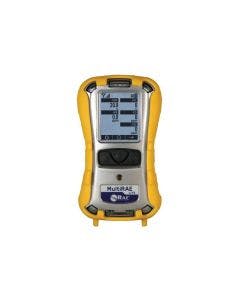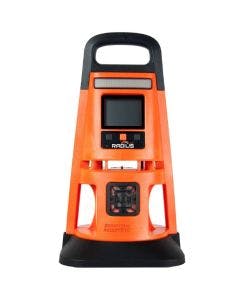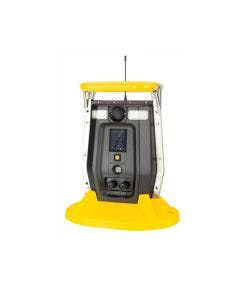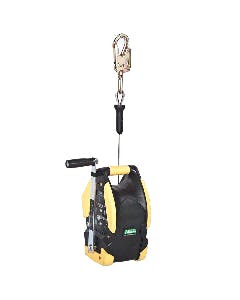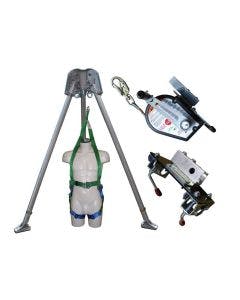Construction Industry

Risks in the Construction Industry
The construction industry and other associated trades are often at risk when building, digging and engineering at work sites. Working at a height and around gas can often put workers at risk, but they can also become subject to dust produced from the activities on site. Therefore, equipment should be in place on-site to reduce these risks by preventing incidents from occurring and protecting personnel.
Gases Typically Found in the Construction INDUSTRY

Workers in the construction industry can often come into contact with gases such as Carbon Monoxide (CO), Chlorine Dioxide (CLO2), Methane (CH4), Oxygen (O2) Hydrogen Sulphide (H2S) and Volatile Organic Compounds (VOC's). However, this list is not definitive and present gases can range across work sites ground and activity.
What risks are involved in construction?
Certain ground types can contain degradable materials that can generate various ground gases in the ground that construction sites use. This is typically the case for Brownfield sites. When construction workers perform tasks such as trenching and shoring, harmful gases can be released into the atmosphere and enter workers on-site through inhalation. This is a risk to workers and end-users of the site, as these gases can migrate through subsoil and cracks into the completed building. This can accumulate to hazardous levels and become detrimental to site workers and building users health and safety.
Ground gases typically found in construction include Methane, Carbon Dioxide and volatile compounds and vapours (VOC’s). However, hydrogen sulphide and carbon monoxide can also become present throughout different site ground types. Oxygen monitoring is also essential as depletion can occur and cause asphyxiation. Many materials used for the construction of buildings can release toxic compounds (VOC’s). These can form in either a solid or liquid state and come from materials such as adhesives, natural and plywood’s, paint, building partitions, and more. Commonly found pollutants include phenol, acetaldehyde and formaldehyde.
When workers become subject to these gases, they can face minor and major health problems such as nausea, headaches, asthma, cancer and death. These gases also cause a significant risk to worker safety in confined spaces through asphyxiation or explosion. Therefore, gas monitoring is crucial in these applications to monitor gas levels present so workers can take appropriate safety measures.
What safety measures should be in place?
Firstly, site managers should take preventive measures before construction work starts by performing a risk assessment of ground gases. This should be carried out by a generic risk assessment (GQRA), a detailed quantitative risk assessment (DQRA) – or both. Once preventive measures have been taken and construction work has started, workers should use portable and area gas monitoring systems to continually test and monitor gas levels.
Area monitoring can be used on construction sites to protect a group of workers within a specific perimeter. Area monitors can withstand harsh conditions and weather can be left on-site over long periods. They range in sizes and sensor types, so different monitors can suit a range of construction sites based on site-specific needs. Constructions sites should have an area monitor with the ability to monitor VOC’s.
For large sites that require fleet management, software can be purchased alongside devices or even installed to existing fleets to help managers oversee various sites. Depending on what manufacture fleet management software is used, management can see live events and data, track alarm history, review worker locations, and view a monitors’ health. Industrial Scientific has iNet Now monitoring and Honeywell has a Fleet manager that is compatible with most BW, Honeywell, and RAE products.
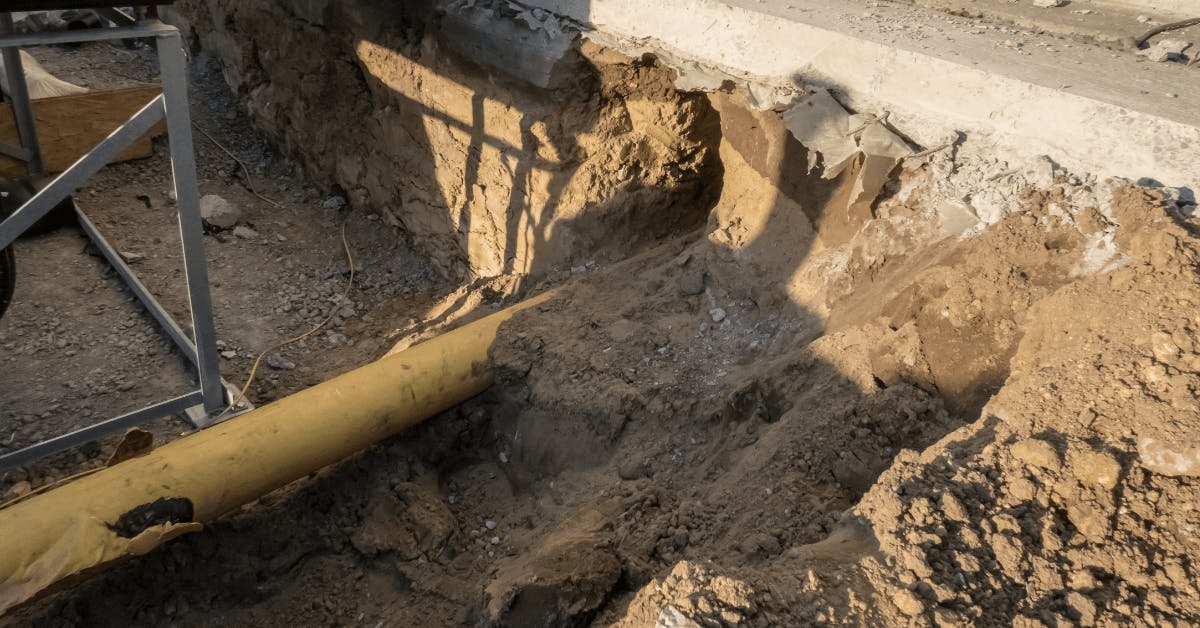

Working in a confined space in the construction industry
Within the wastewater treatment industry, there is a vast range of confined space work, where employees need to enter tanks, treatment units, sewers, manholes, pumping stations, storage areas, reservoirs, boreholes, and more. Within these confined spaces there is a risk to human safety due to the common presence of Hydrogen Sulphide, Methane, and a lack of Oxygen. These tasks may be routine work for experienced water treatment employees, but the risks are extremely high, and the highest level of protection must be used.
Workers must be provided with personal gas detection to perform pre-entry checks and ensure their safety while in the confined spaces. The use of a pumped gas detector to perform clearance measurements allows for the presence of hazardous gas to be monitored prior to an employee entering the space. Once this check has been carried out and established it is safe to enter, personal monitoring must be carried out continuously. The concentration of gases in a confined space can change quickly, due to leakage for example, so continuous monitoring is vital.

Fall Protection in the Construction Industry
As well as protecting workers on site from the risk of harmful gases, site managers should ensure workers are fully equipped with fall protection equipment when working at height. The Occupational Safety and Health Administration provides standards to protect workers working at a height and requires all employers to prevent workers from falling.
Construction workers perform various daily tasks, often at a height. Working from a height encompasses working from a platform, scaffolding, ladders and alike. As this is a high risk for workers falling, legislation such as “The Work at Height Regulations Act 2005” makes it law for employers to train, supply and implement fall protection training and equipment at the workplace.
The Health and Safety Executive suggest heights of both low and high need the correct measures to be in place to prevent workers from falling and causing injury to themselves and others. All personnel must take care throughout the initial set-up and continual use of equipment to make sure it is working efficiently. The hierarchy of control measures for working at height is a risk assessment used to prevent injuries. It follows an avoid, prevent, arrest structure and includes –
· Avoid working at height if possible
· Use an existing safe place of work
· Provide work equipment to prevent falls
· Mitigate distance and consequences of a fall
· Instruction and training and/or other means.
As the construction industry often cannot avoid or prevent working at a height, contractors, duty holders and workers should apply appropriate measures such as fall protection to ensure everyone’s safety on site. Frontline Safety has an extensive range of fall protection equipment to accommodate a wide range of construction suites and user needs. Our range includes:
· Winches and tripods to ensure fall protection across sites.
We also have equipment for rescue after accidents have occurred, such as stretchers, rescue devices and various rescue kits. Our range includes equipment from some of the industry’s most reliable brands, such as Abtech Safety and MSA.
Products for Detection
Our recommended multi-gas detectors some of which can be used for confined space pre-entry, personal protection, or area monitoring. For confined space pre-entry checks, it is recommended that a pumped monitor is used. The use of a pumped monitor allows for a sampling tube to be fed into the confined space from the outside, confirming it is safe for workers to enter.
Products for Protection
Our recommended personal protection equipment...
DOWNLOAD THIS PAGE AS AN APPLICATION NOTE
Related Blogs
Confined Spaces - How To Make Sure You're Working Safely - Part 1
You can use our confined space blog to look at the risks and safety procedures that come with gas monitoring in confined spaces.
Confined Spaces - How To Make Sure You're Working Safely - Part 2
The second part of our confined space blog.
An FLS Guide to Fall Protection Equipment from Abtech Safety
Follow this guide we have created for fall protection by Abtech Safety
Check out our videos for the products mentioned above on our YouTube Channel

